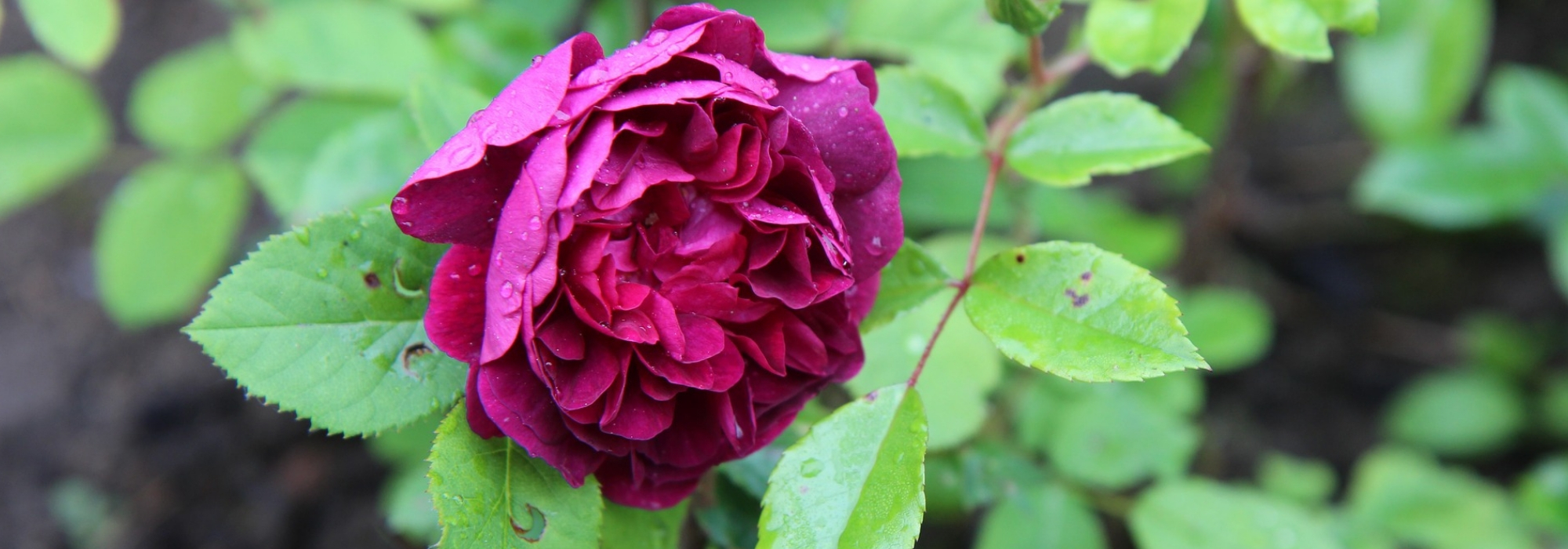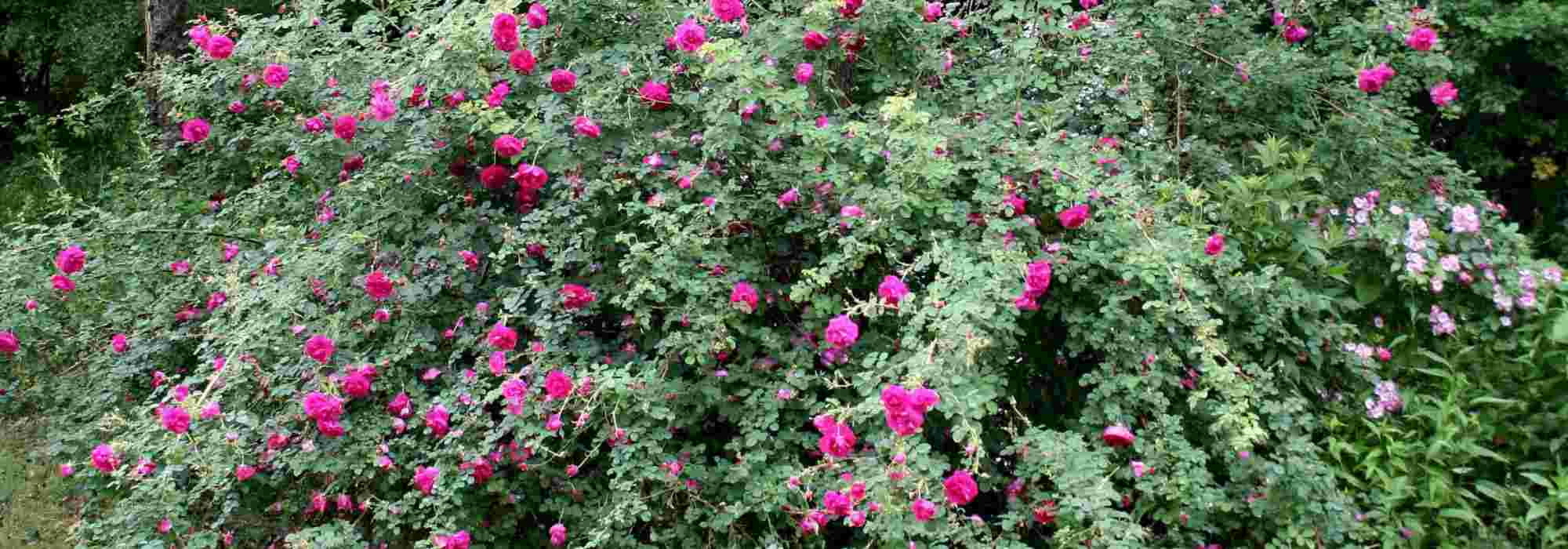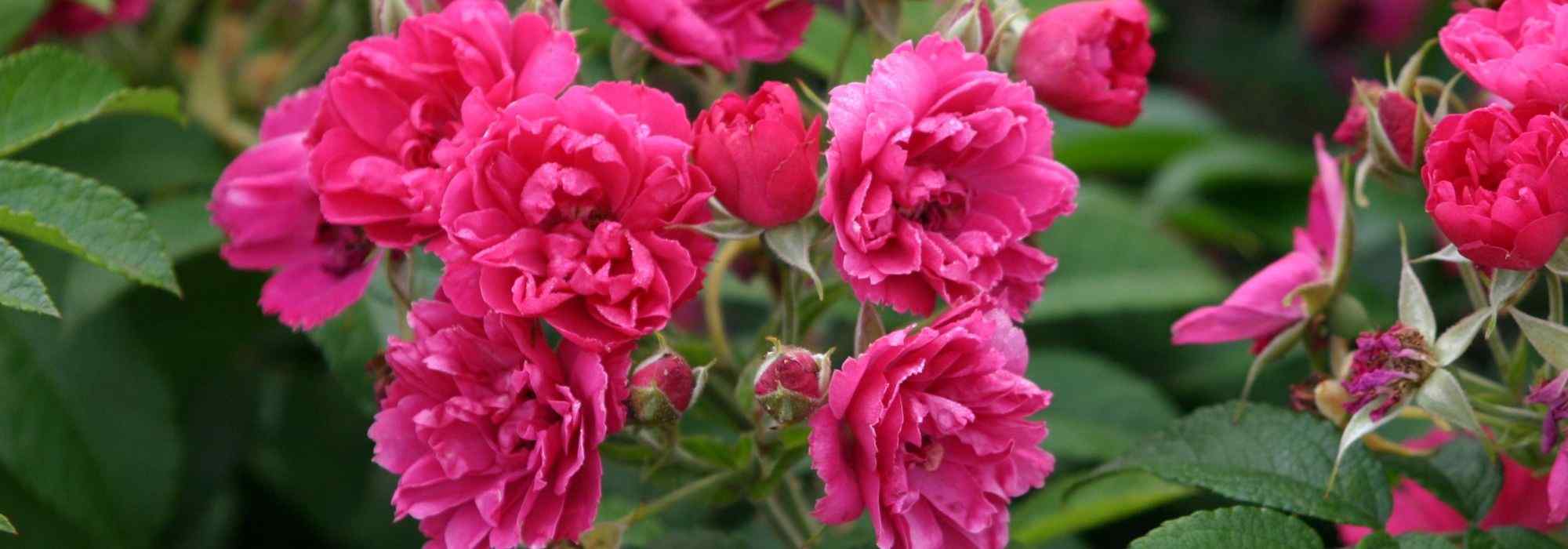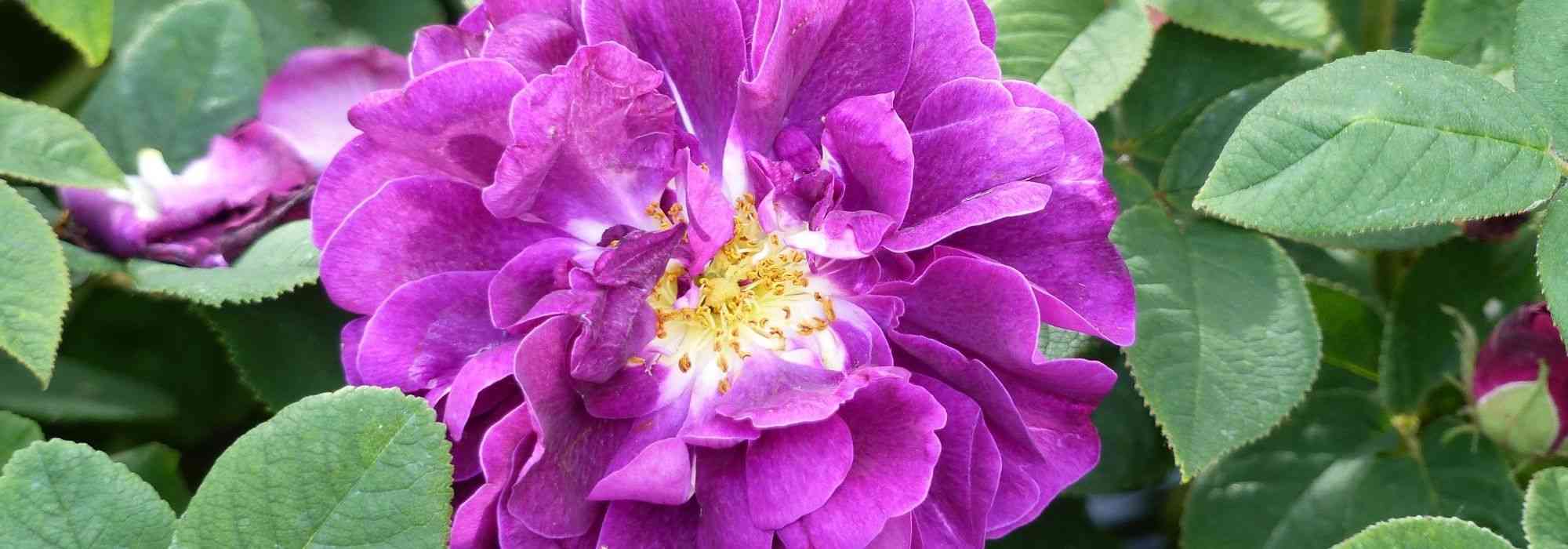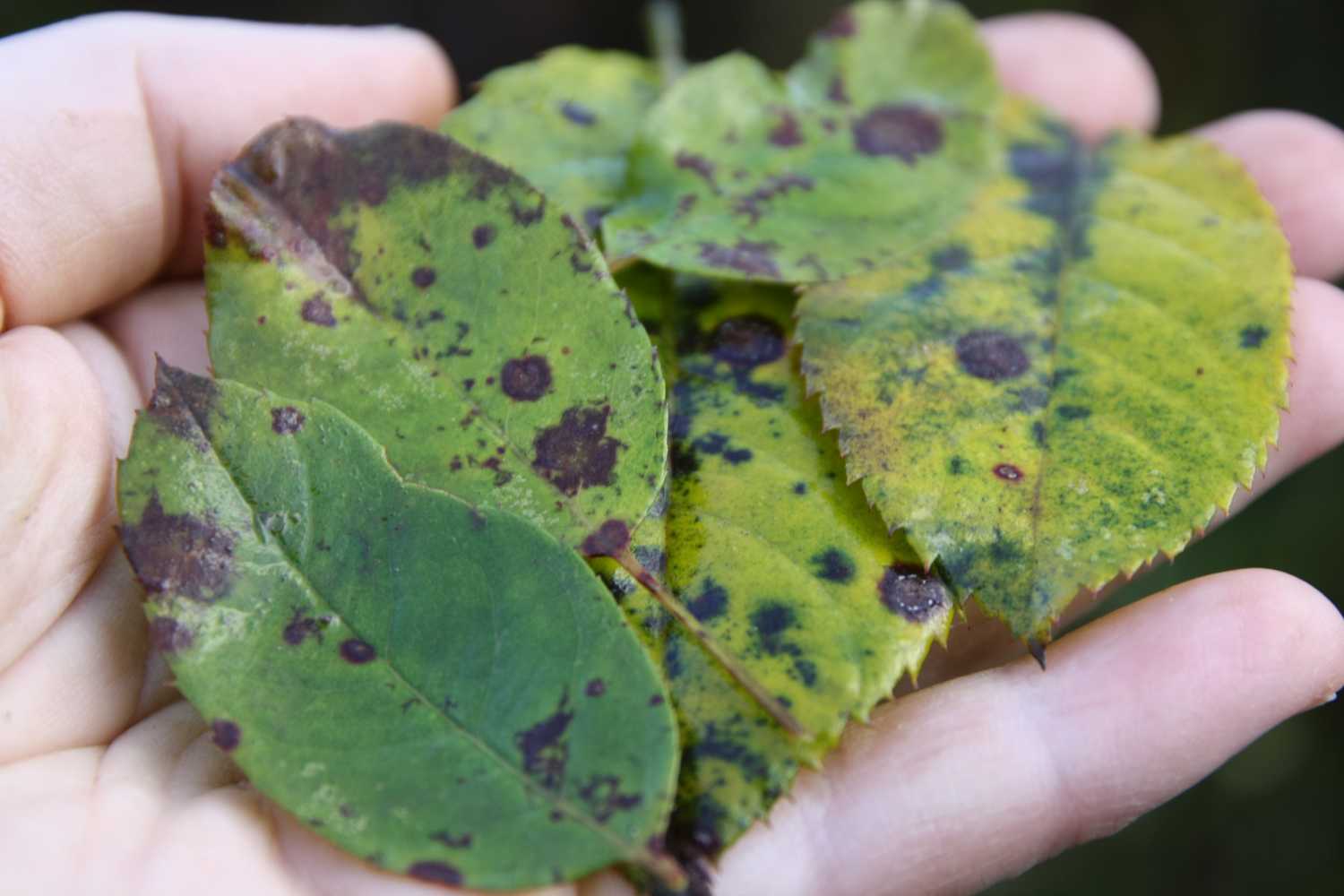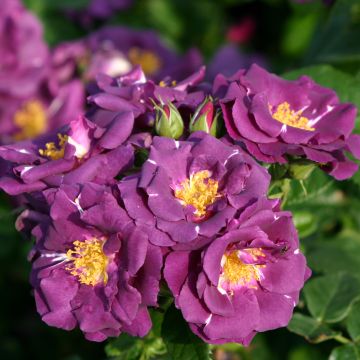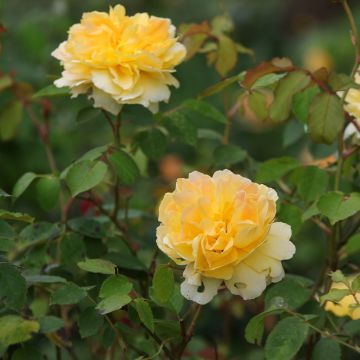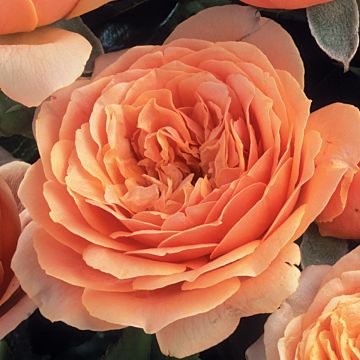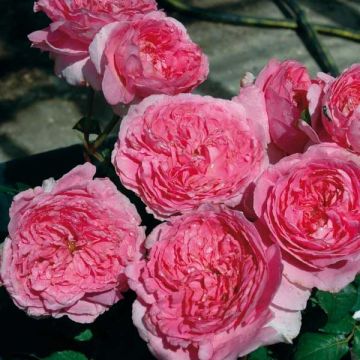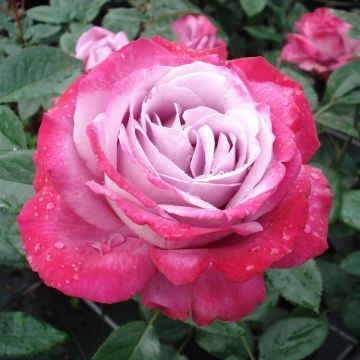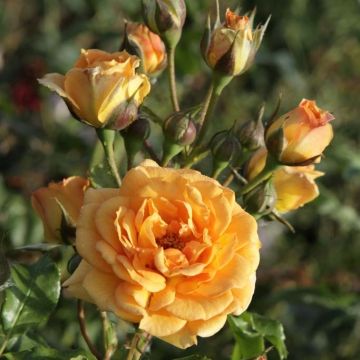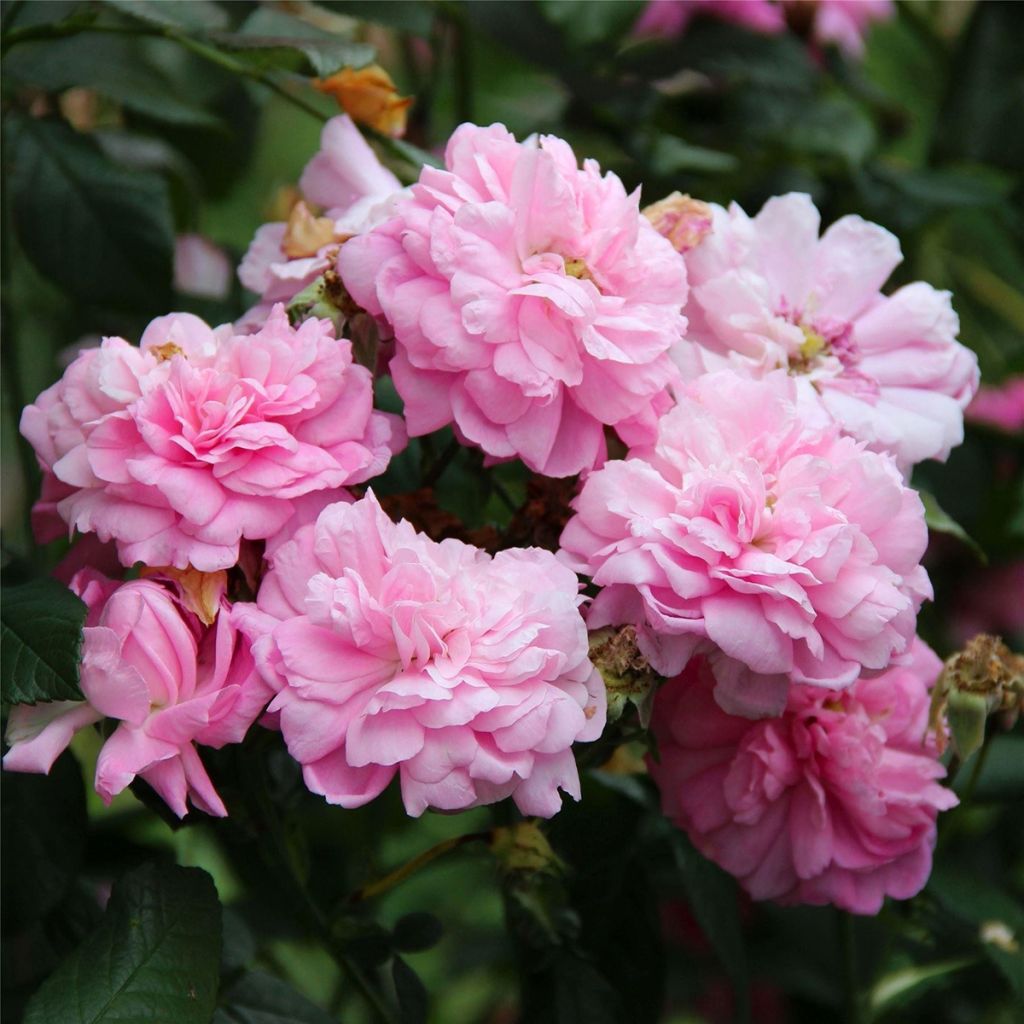

Rosa damascena Ispahan - Damask Rose
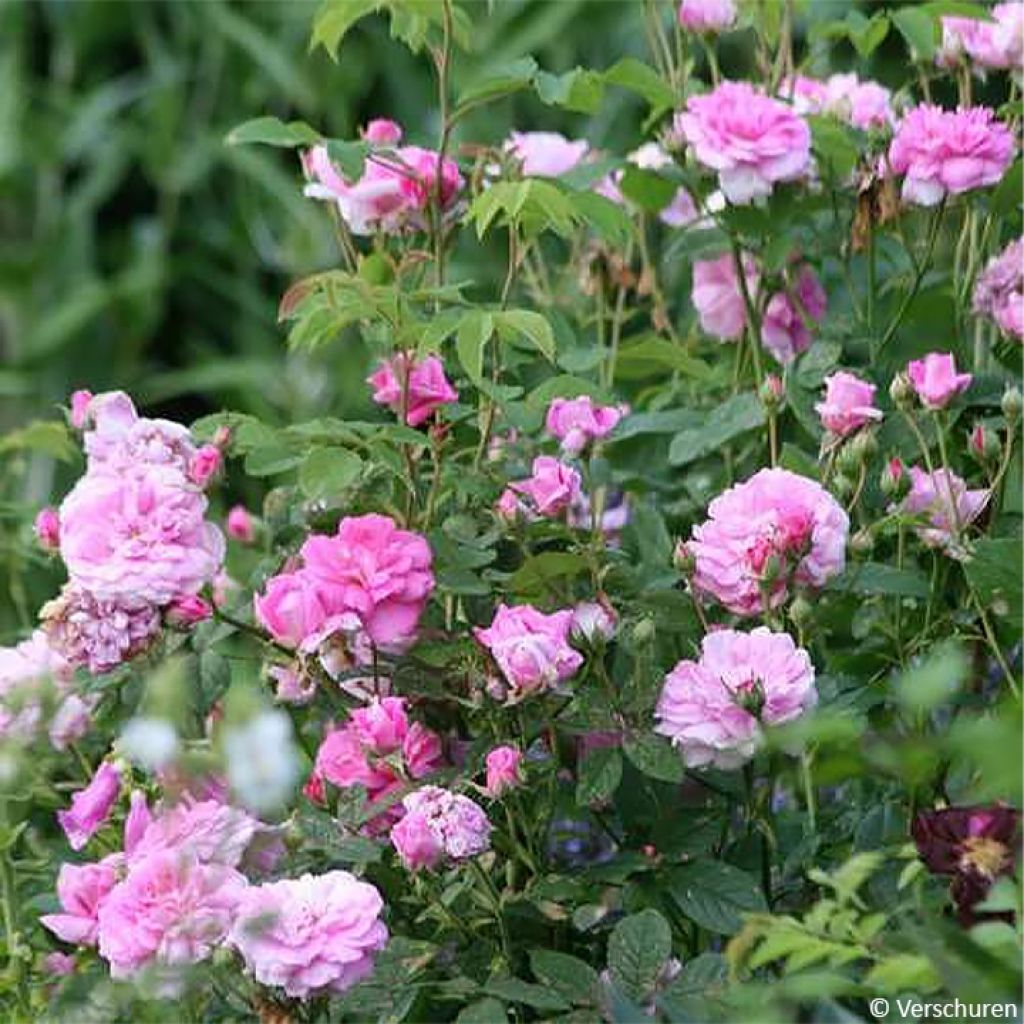

Rosa damascena Ispahan - Damask Rose
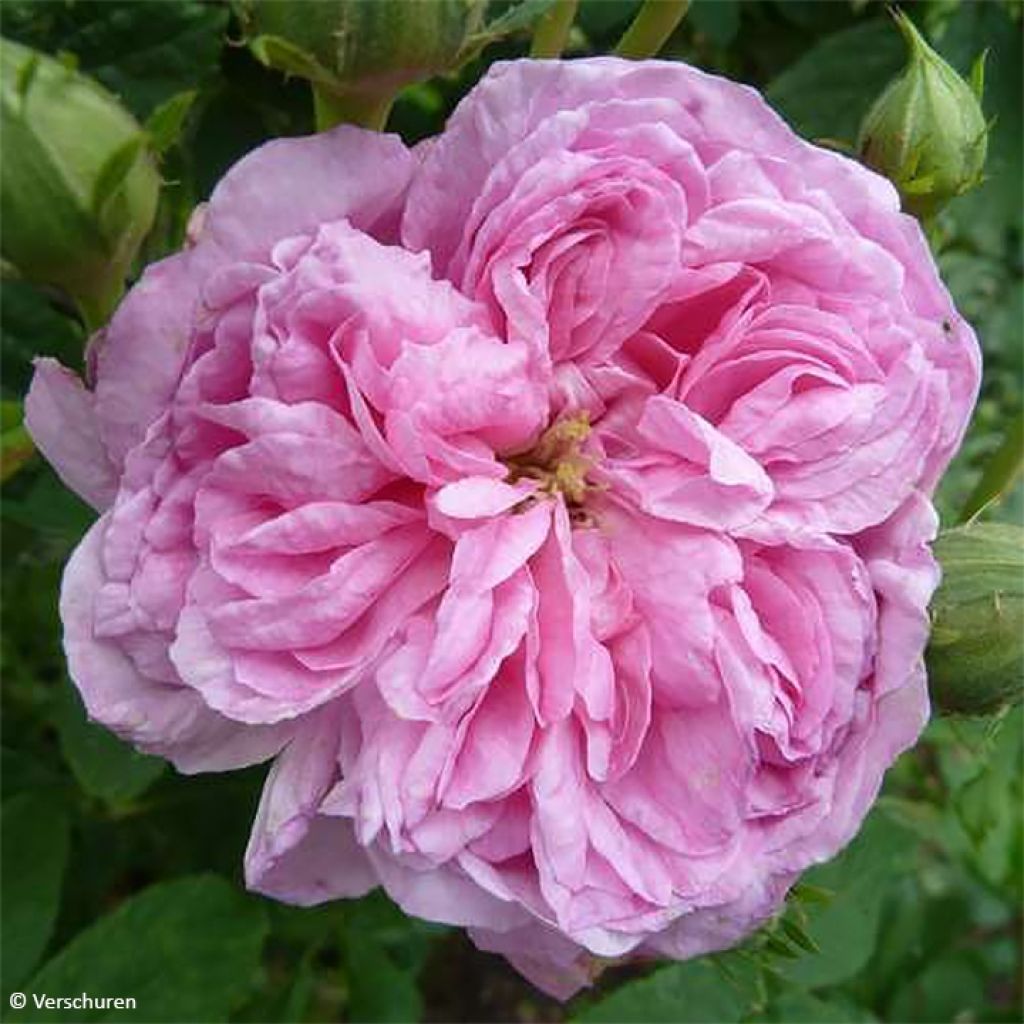

Rosa damascena Ispahan - Damask Rose
View more pictures
Hide images

Thierry P.

May flowering - image 1 - Flower + 3 promises.
Thierry P. • 84 FR
Rosa damascena Ispahan - Damask Rose
Rosa x damascena Ispahan
Damask Rose
Beautiful rose bush, thank you for the careful preparation.
Nath44, 09/07/2025
Special offer!
Receive a €20 voucher for any order over €90 (excluding delivery costs, credit notes, and plastic-free options)!
1- Add your favorite plants to your cart.
2- Once you have reached €90, confirm your order (you can even choose the delivery date!).
3- As soon as your order is shipped, you will receive an email containing your voucher code, valid for 3 months (90 days).
Your voucher is unique and can only be used once, for any order with a minimum value of €20, excluding delivery costs.
Can be combined with other current offers, non-divisible and non-refundable.
Home or relay delivery (depending on size and destination)
Schedule delivery date,
and select date in basket
We guarantee the quality of our plants for a full growing cycle, and will replace at our expense any plant that fails to recover under normal climatic and planting conditions.

Description
The old rose Ispahan, also marketed as Pompon des Princes or rose of Ispahan, is a wonderful descendant of the Damask rose. It stands out with its long-lasting spring to summer flowering, spanning six weeks, and is remarkably fragrant. Its double roses, in shades of true pink, are gathered in generous bouquets on disease-free foliage. The bush is upright, vigorous, and very robust. Its roses perfume a whole area of the garden in hot weather and they make excellent cut flowers. In the garden, this rose will integrate perfectly into a free hedge.
The Ispahan rose has been cultivated since 1832, it is quite possible that it was imported from the Persian city of Ispahan. This variety was introduced to England by Norah Lindsay. Its ancestor, the Damask rose (Rosa x damascena), is a botanical species of unknown origin, perhaps brought back from the Holy Land in 1254 by Robert de Brie during a crusade. Nowadays, the original Damask rose can be found in Syria, Morocco, Andalusia, and the Caucasus. Specialists believe that this hybrid has three main ancestors: the Gallic rose Rosa gallica, Rosa phoenicia, or Rosa moschata, and Rosa fedtschenkoana. Among its descendants, we can mention the Bulgarian rose with fragrance 'Trigintipetala', Rosa x damascena 'Versicolor' (synonymous with 'York and Lancaster'), Madame Hardy, the rose 'Celsinia', and our Ispahan (synonymous with Pompon des Princes).
The old Ispahan rose is a beautiful bush with fairly fast growth, with a rather upright, even slightly spreading habit, which reaches about 1.8m (6ft) in height and 1.3m (4ft) in spread. When regularly pruned it will be more bushy. Its branches bear strong curved prickles as well as small prickles. The foliage is divided into leaflets of a fairly light green, and it is remarkably healthy. This deciduous foliage falls in autumn. This rose blooms from June to July, abundantly, with bouquets containing up to 15 buds that open one after the other into flowers measuring 8-9cm (3-4in) in diameter. Each flower is composed of 17 to 25 petals arranged in quarters. The centre of the flower is a fairly deep pink, while the edges are lighter. The fragrance of Damask roses, precisely studied, reveals more than 400 constituents. It is strong, pleasant, and remains impregnated in dried or faded flowers. The fruits are almost ovoid, red, and ciliate. This variety tolerates very hot and dry summers as long as it is planted in partial shade, in deep soil.
Subsequently neglected for remontant hybrid varieties, botanical roses are nevertheless sturdy plants full of history. It is bushy plants like the Ispahan rose that have built the reputation of these plants. This rose has its place in the garden of a lover of old and botanical roses, in a scented garden, and even in a flowering hedge. It contributes to the exuberance of summer-flowering shrub borders, landscape hedges, mixed with buddleias, white spireas, abelias, or lilacs. Its vigorous growth deserves careful planting, respecting a distance of 1 metre (3 feet) between each bush. If you have enough space, English, Old or Shrub Roses are magnificent when planted in groups of three. They will grow together to form 'one' opulent bush that will bloom even more generously.
Rosa damascena Ispahan - Damask Rose in pictures
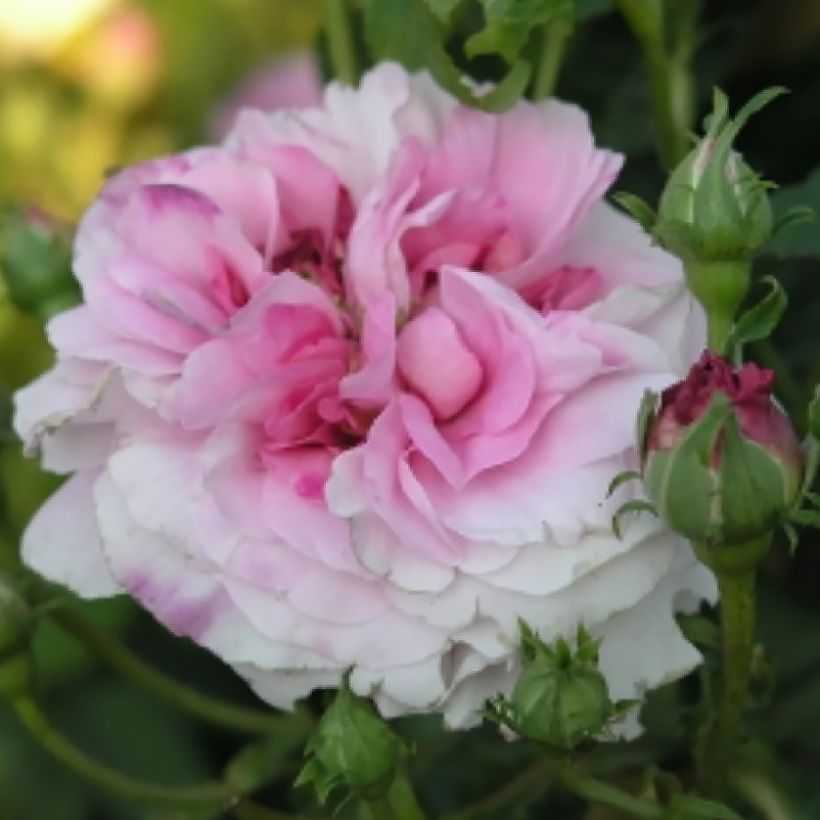



Plant habit
Flowering
Foliage
Botanical data
Rosa
x damascena
Ispahan
Rosaceae
Damask Rose
Middle East
Planting and care
Plant your Ispahan Damask Rose in a sunny location or in light shade (in a warm climate). Damask roses are tolerant but do not appreciate poor or shallow soils. They will adapt to any garden as long as the soil is deep, well-worked, not too compact, and fertile. To install your rose, work the soil by crumbling it and adding an amendment, such as bonemeal, to the bottom of the planting hole. Water thoroughly after planting to remove air pockets. Water regularly for a few weeks to facilitate rooting. This rose is hardy in most regions, except for mountainous or excessively cold areas in winter. It also adapts very well in hotter, drier areas. Pruning old roses mainly involves removing faded flowers as they appear, unless you want to keep the decorative berries. Avoid pruning to maintain an interesting bushy shape. However, in late winter (March), you can remove branches located in the middle of the bush that tend to crowd it.
Planting period
Intended location
Care
Planting & care advice
-
, onOrder confirmed
Reply from on Promesse de fleurs
Similar products
Haven't found what you were looking for?
Hardiness is the lowest winter temperature a plant can endure without suffering serious damage or even dying. However, hardiness is affected by location (a sheltered area, such as a patio), protection (winter cover) and soil type (hardiness is improved by well-drained soil).

Photo Sharing Terms & Conditions
In order to encourage gardeners to interact and share their experiences, Promesse de fleurs offers various media enabling content to be uploaded onto its Site - in particular via the ‘Photo sharing’ module.
The User agrees to refrain from:
- Posting any content that is illegal, prejudicial, insulting, racist, inciteful to hatred, revisionist, contrary to public decency, that infringes on privacy or on the privacy rights of third parties, in particular the publicity rights of persons and goods, intellectual property rights, or the right to privacy.
- Submitting content on behalf of a third party;
- Impersonate the identity of a third party and/or publish any personal information about a third party;
In general, the User undertakes to refrain from any unethical behaviour.
All Content (in particular text, comments, files, images, photos, videos, creative works, etc.), which may be subject to property or intellectual property rights, image or other private rights, shall remain the property of the User, subject to the limited rights granted by the terms of the licence granted by Promesse de fleurs as stated below. Users are at liberty to publish or not to publish such Content on the Site, notably via the ‘Photo Sharing’ facility, and accept that this Content shall be made public and freely accessible, notably on the Internet.
Users further acknowledge, undertake to have ,and guarantee that they hold all necessary rights and permissions to publish such material on the Site, in particular with regard to the legislation in force pertaining to any privacy, property, intellectual property, image, or contractual rights, or rights of any other nature. By publishing such Content on the Site, Users acknowledge accepting full liability as publishers of the Content within the meaning of the law, and grant Promesse de fleurs, free of charge, an inclusive, worldwide licence for the said Content for the entire duration of its publication, including all reproduction, representation, up/downloading, displaying, performing, transmission, and storage rights.
Users also grant permission for their name to be linked to the Content and accept that this link may not always be made available.
By engaging in posting material, Users consent to their Content becoming automatically accessible on the Internet, in particular on other sites and/or blogs and/or web pages of the Promesse de fleurs site, including in particular social pages and the Promesse de fleurs catalogue.
Users may secure the removal of entrusted content free of charge by issuing a simple request via our contact form.
The flowering period indicated on our website applies to countries and regions located in USDA zone 8 (France, the United Kingdom, Ireland, the Netherlands, etc.)
It will vary according to where you live:
- In zones 9 to 10 (Italy, Spain, Greece, etc.), flowering will occur about 2 to 4 weeks earlier.
- In zones 6 to 7 (Germany, Poland, Slovenia, and lower mountainous regions), flowering will be delayed by 2 to 3 weeks.
- In zone 5 (Central Europe, Scandinavia), blooming will be delayed by 3 to 5 weeks.
In temperate climates, pruning of spring-flowering shrubs (forsythia, spireas, etc.) should be done just after flowering.
Pruning of summer-flowering shrubs (Indian Lilac, Perovskia, etc.) can be done in winter or spring.
In cold regions as well as with frost-sensitive plants, avoid pruning too early when severe frosts may still occur.
The planting period indicated on our website applies to countries and regions located in USDA zone 8 (France, United Kingdom, Ireland, Netherlands).
It will vary according to where you live:
- In Mediterranean zones (Marseille, Madrid, Milan, etc.), autumn and winter are the best planting periods.
- In continental zones (Strasbourg, Munich, Vienna, etc.), delay planting by 2 to 3 weeks in spring and bring it forward by 2 to 4 weeks in autumn.
- In mountainous regions (the Alps, Pyrenees, Carpathians, etc.), it is best to plant in late spring (May-June) or late summer (August-September).
The harvesting period indicated on our website applies to countries and regions in USDA zone 8 (France, England, Ireland, the Netherlands).
In colder areas (Scandinavia, Poland, Austria...) fruit and vegetable harvests are likely to be delayed by 3-4 weeks.
In warmer areas (Italy, Spain, Greece, etc.), harvesting will probably take place earlier, depending on weather conditions.
The sowing periods indicated on our website apply to countries and regions within USDA Zone 8 (France, UK, Ireland, Netherlands).
In colder areas (Scandinavia, Poland, Austria...), delay any outdoor sowing by 3-4 weeks, or sow under glass.
In warmer climes (Italy, Spain, Greece, etc.), bring outdoor sowing forward by a few weeks.


































